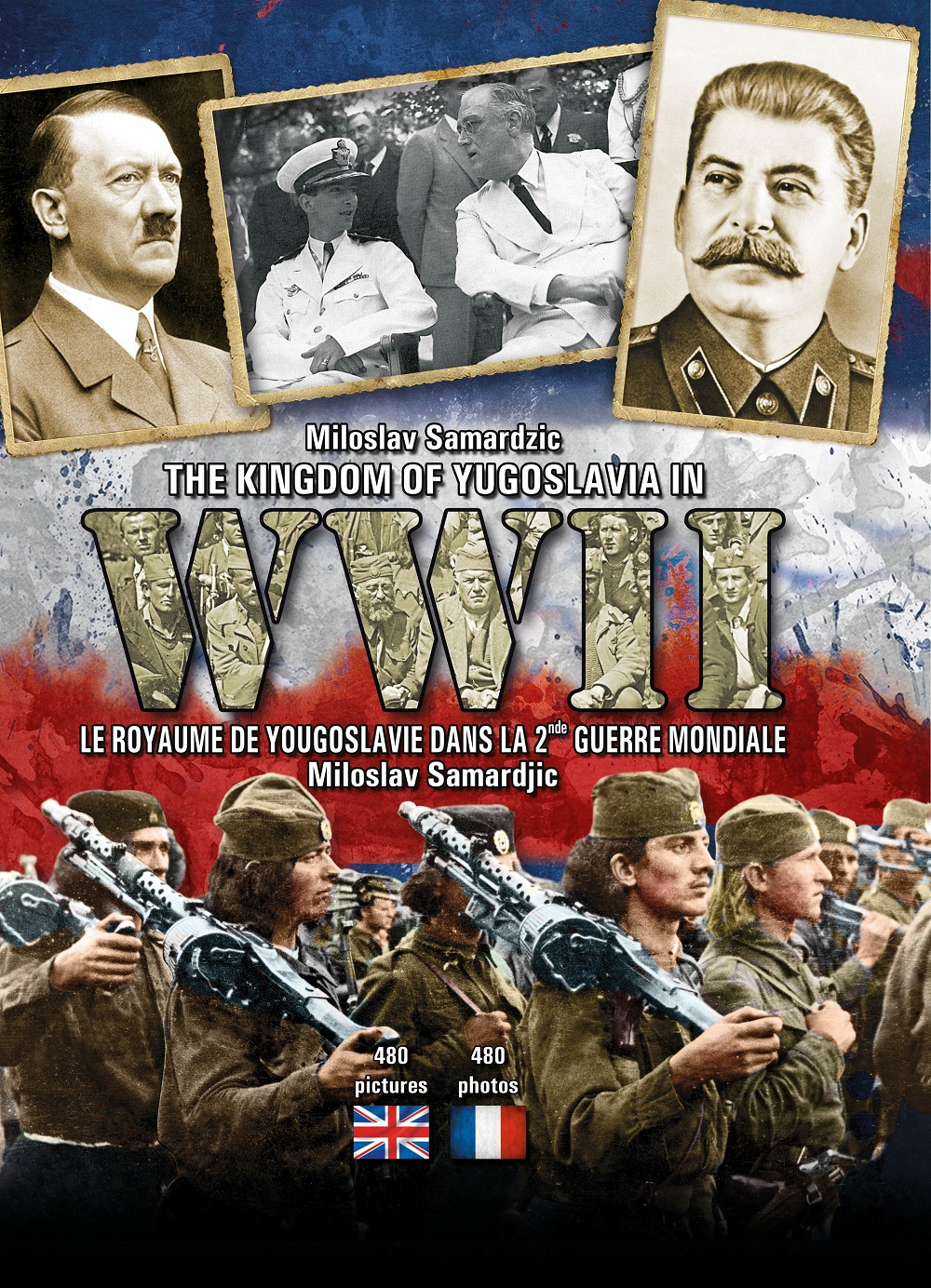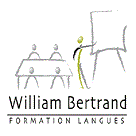LE ROYAUME DE YOUGOSLAVIE DANS LA 2NDE GUERRE MONDIALE/KINGDOM OF YUGOSLAVIA IN WWII
39,95€
On January 25th 2006, the Council of Europe Parliamentary Assembly promulgated Resolution 1481 that, in its final passage, calls on the post-communist countries of Eastern Europe ?to reassess the history of communism and their own past as ?freedom of conscience, thought and expression? In much of Eastern Europe, during the communist era, this process could not exist before the fall of the Iron Curtain. Communist governments prevented objective historical account of the time
- Firstly, after the fall of the Berlin Wall coming to power of politicians with potential democratic conviction in the Eastern European countries were not instantaneously visible and a call to review historical events were rarely instigated. Communist parties did not have the distinct adjective
- Secondly, communist veterans in every eastern European country continued to strengthen achievements of national liberation struggle either directly, or through their own offspring in other political parties.
- Thirdly, the historiography of the socialist countries, especially Yugoslavia, during the past decades, not only influenced their own public, but the historiography of the Western Countries also. Western scholarly literature, often quoting Communist books and adopting the views of their authors, can be seen as the indisputable testimony. It is intriguing that a small number of western historians studied documents in the Yugoslav archives; none of the researchers focused on the relatively longer works, bearing in mind the language barrier
Ultimately it can be perceived that the Western Historiography coincided with the Easter European Historiography counterpart to a somewhat large extent as the East, and West were allies in WW II, and that in turn brought about the unique view of Yugoslavia. What is worth mentioning is certainly the absence of almost any difference between the arguments of the official British History of World War II, in the multiple-volume Grand Strategy and the historical account of the Broz regime. This could be explicated by the British background in the overthrow of King Peter II and in bringing Broz to power. However, Heather Williams and the contemporary generation of British historians attempt to reformulate the Grand Strategy view.
This work, making no huge claims, is an attempt to more closely explicate the core of the key events that shook the occupied Yugoslav Kingdom from 1941 until 1945. Unlike the clear front lines of WW I, in World War II 22 formations were active on the soil of the occupied Yugoslav Kingdom. These formations had their own and very often covert interests, even if they were on the same side. Unfortunately, interests of the three great power blocks
Bearing all this in mind the best approach would be to show a chronological record of events illustrated by photos and maps. Main Events refer to the formations, their leaders, the war objectives, the actions, the victims, the international factor and the weapons.














